The graph between the displacement x and time t for a particle moving in a straight line is shown in the figure. During the interval OA,AB,BC and CD the acceleration of the particle is
OA,AB,BC,CD
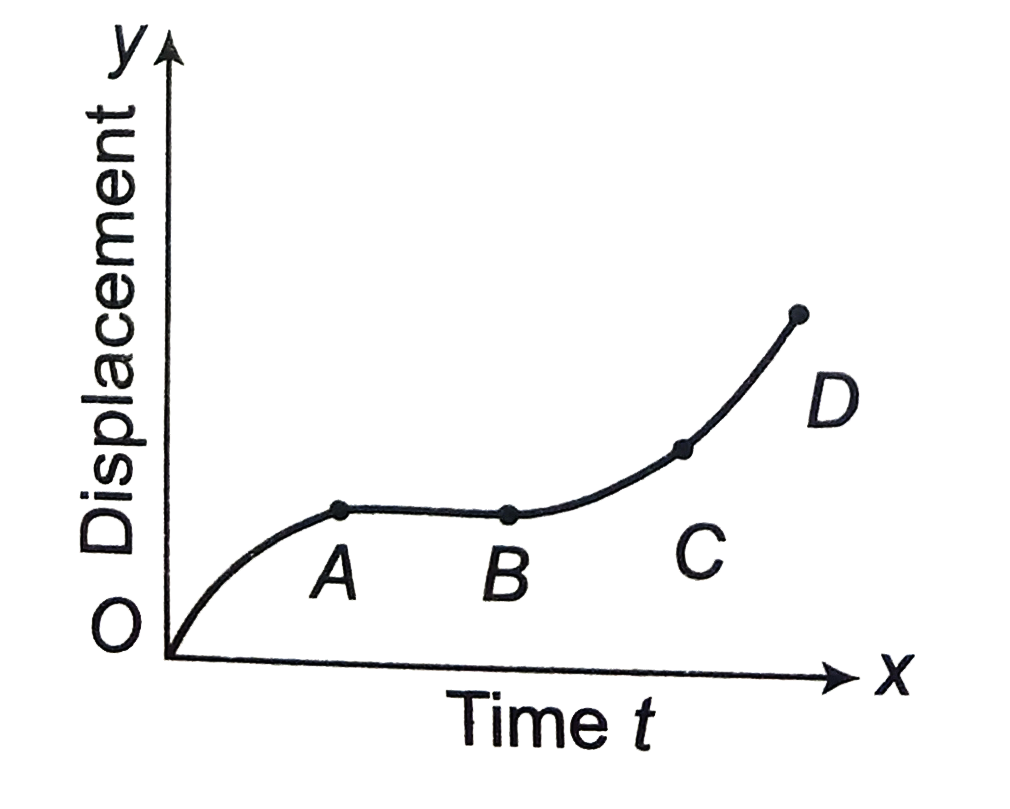 Solution in Gujrati
Solution in Gujrati
OAABBCCD(1)+0++
OAABBCCD(2)−0++
OAABBCCD(3)+0+0
OAABBCCD(4)−0−0
The correct Answer is:B
Step by step video & image solution for The graph between the displacement x and time t for a particle moving in a straight line is shown in the figure. During the interval OA, AB, BC and CD the acceleration of the particle is OA, AB, BC, CD by Physics experts to help you in doubts & scoring excellent marks in Class 12 exams.
Topper's Solved these Questions
- BOOK - ALLEN CHAPTER - MOTION IN A PALNEEXERCISE - EXERCISE-341videos
MOTION IN A PALNE
- BOOK - ALLEN CHAPTER - MOTION IN A PALNEEXERCISE - SOLVED EXAMPLE28videos
MOTION IN A PALNE
- BOOK - ALLEN CHAPTER - MOTION IN A PALNEEXERCISE - EXERCISE-199videos
MOTION IN A PALNE
- BOOK - ALLEN CHAPTER - KINEMATICS-2DEXERCISE - Exercise (O-2)47videos
KINEMATICS-2D
- BOOK - ALLEN CHAPTER - NEWTON'S LAWS OF MOTION & FRICTIONEXERCISE - EXERCISE (JA)4videos
NEWTON'S LAWS OF MOTION & FRICTION
Similar Questions
Assertion : A body can have acceleration even if its velocity is zero at a given instant of time.
Reason : A body is momentarily at rest when it reverses its direction of motion.07:44View SolutionA particle thrown over a triangle from one end of a horizontal base falls on the other end of the base after grazing the vertex. If αandβ are the base angles of triangle and angle of projection is θ, then prove that (tanθ=tanα+tanβ)
03:54View SolutionThe distance x of a particle moving in one dimensions, under the action of a constant force is related to time t by the equation, t=√x+3, where x is in metres and t in seconds. Find the displacement of the particle when its velocity is zero.
01:28View SolutionA particle is moving in xy-plane .At certain instant the components of its velocity and acceleration are as follows ux=3m/s,uy=4m/s,ax=2m/s2anday=1m/s2. The rate of change of speed at this moment is
03:25View SolutionA piece of wire is bent in the shape of a parabola y=kx2 (y-axis vertical) with a bead of mass m on it. The bead can slide on the wire without friction. It stays at the lowest point of the parabola when the wire is at rest. The wire is now accelerated parallel to the x-axis with a constant acceleration a. The distance of the new equilibrium position of the bead, where the bead can stay at rest with respect to the wire, from the y-axis is:
02:31View SolutionDisplacement-time graph of a particle moving in a straight line is as shown in figure.

(a) Find the sign of velocity in regions oa,ab, bc and cd.
(b) Find the sign of acceleration in the above region.01:49View SolutionThe velocity-time graph of a body is shown in figure. The ratio of magnitude of average acceleration during the intervals OA and AB is
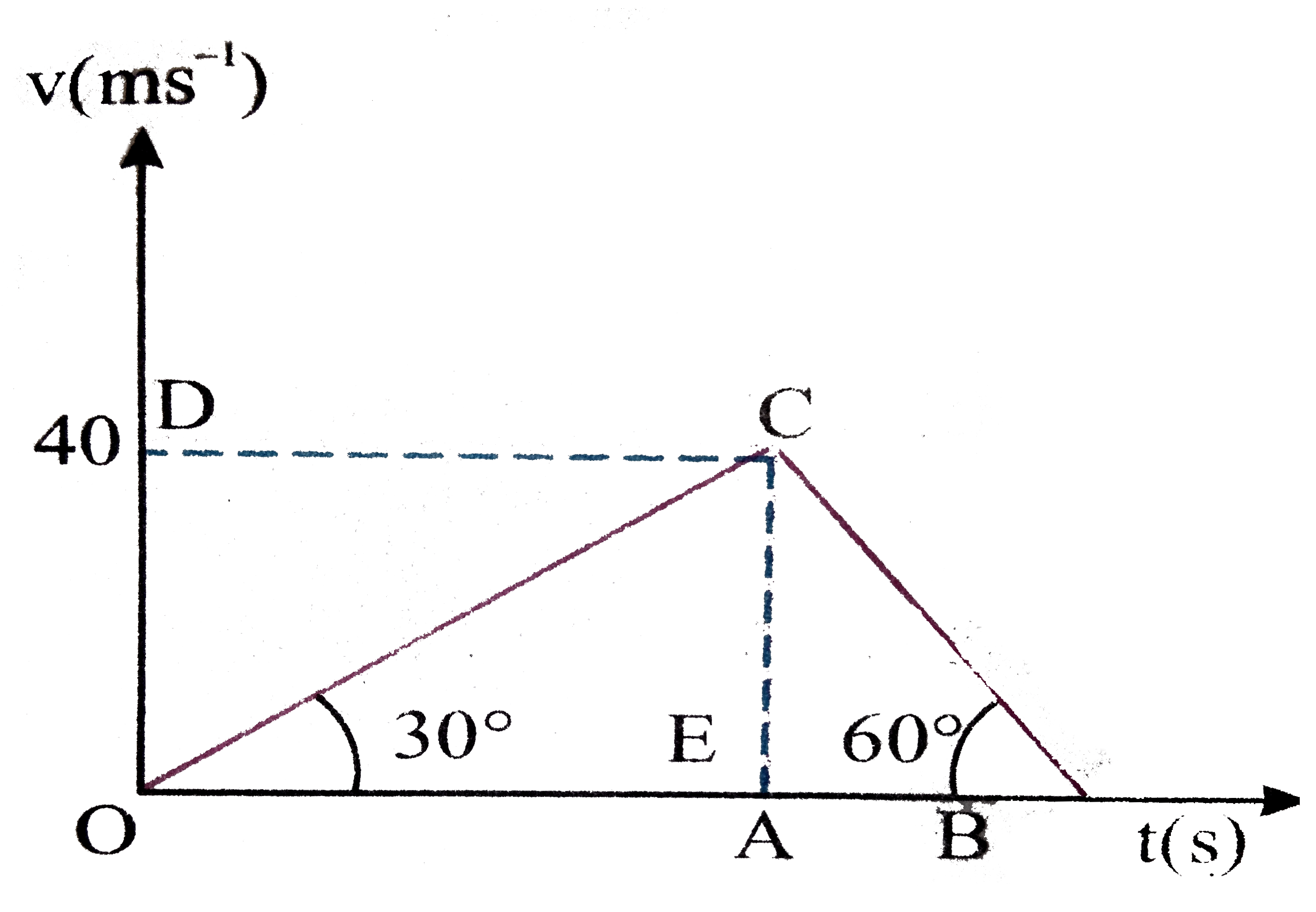 06:46View Solution
06:46View SolutionA particle moves in a plane from A to E along the shown path. It is given that Ab=BC=CD=DE=10 metre. Then the magnitude of net displacement of particle is : .
03:19View SolutionThe velocity -time (v - t) graph of a particle moving in a straight line is shown in figure. The acceleration of the particle at t = 9 is:
04:20View SolutionDisplacement-time graph of a particle moving in a straight line is as shown in figure. s t a o b c
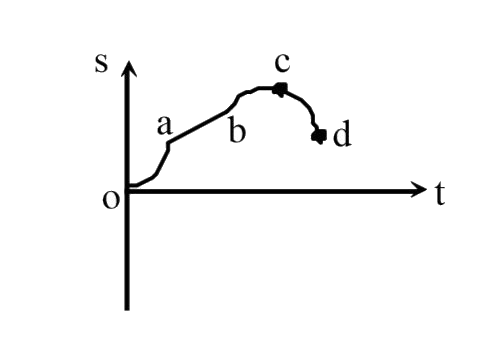
Q. Find the sign of velocity in regions oa, ab, bc and cdView Solutionएक सरल रेखा में गति करते हुए कण का विस्थापन-समय ग्राफ चित्र में दर्शाया गया है।
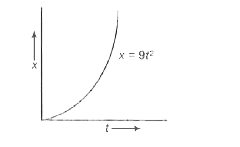
इस कण का त्वरण-समय ग्राफ है03:36View Solutionचित्र में सरल रेखीय गति करते हुए कण के विस्थापन x व समय t में आरेख खींचा गया है। अन्तराल OA, AB, BC NCD के दौरान कण का त्वरण है
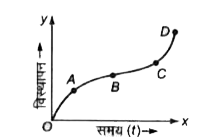 03:58View Solution
03:58View SolutionIn the figure OA=AB=BC=CD=1 unit. The unit of OD is :
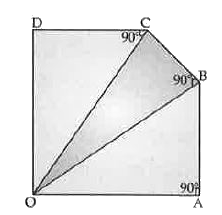 03:04View Solution
03:04View Solutionचित्र में सरल रेखीय गति करते हुए कण के विस्थापन x व समय t के बीच ग्राफ दर्शाया गया है। अन्तराल OA, AB, BC व CD के दौरान कण का त्वरण
 03:19View Solution
03:19View SolutionThe displacement time graph of a particle moving along a straight line is shown. The accelerations of the particle during the regions OP, PQ and QR are
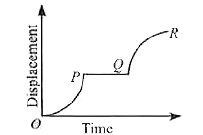 04:07View Solution
04:07View SolutionFor a particle in motion, distance-time graph is shown in figure. From graph answer the following: (i) During which time period the particle is stationary? (ii) Find magnitude of velocity in OA, AB and BC parts.
02:56View Solution

